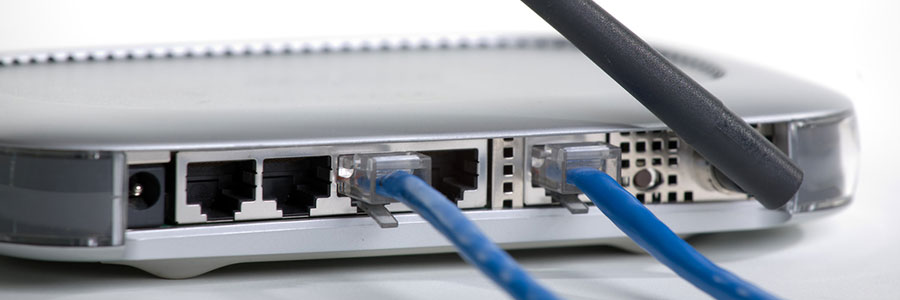Microsoft has created new security features for Windows 10 users. This update is a response to the global outbreak of ransomware attacks such as WannaCry and Petya. While this patch shouldn’t be a substitute for antivirus software and data backups, Microsoft does think its new features can help people defend against current and future threats.
How Windows 10 plans to defeat ransomware
Google ridding MR from search results

If you imagine medical records as being stored in a cabinet somewhere in your local hospital, think again. Until quite recently, medical records were publicly accessible via Google. In an effort to prevent cybercriminals from capitalizing on these resources, Google has removed sensitive medical records from appearing in search results.
Wikileaks details router vulnerabilities
Basic PC fixes are costing you money

Security professionals should be beefing up your network security, implementing advanced firewall software, and identifying risks for possible breaches. In reality, they spend a huge chunk of their time troubleshooting issues on individual personal computers (PCs). That workflow is not ideal, but that’s what normally happens in many organizations.
How HIPAA wards off ransomware threats
How to defend against WannaCry

The WannaCry ransomware, a type of malware that encrypts a victim’s files and extorts them for money, has already affected thousands of machines worldwide. Unfortunately, the success of this attack is just the beginning. According to security researchers, other hackers will probably develop stronger WannaCry variants in the coming months.
More security features for Office 365
Microsoft Word bug: What you need to know
Is fileless malware a threat to you?
The countdown begins for Windows 7 users

When you grow accustomed to something -- like a morning routine, a particular type of coffee, or in this case, an operating system -- attempts at change aren't always successful. Case in point, the struggle between Windows 7 and Windows 10. Users have until 2020 to make up their minds, and unless you don’t mind other businesses leaving you in the dust, it’s time to make a move.






